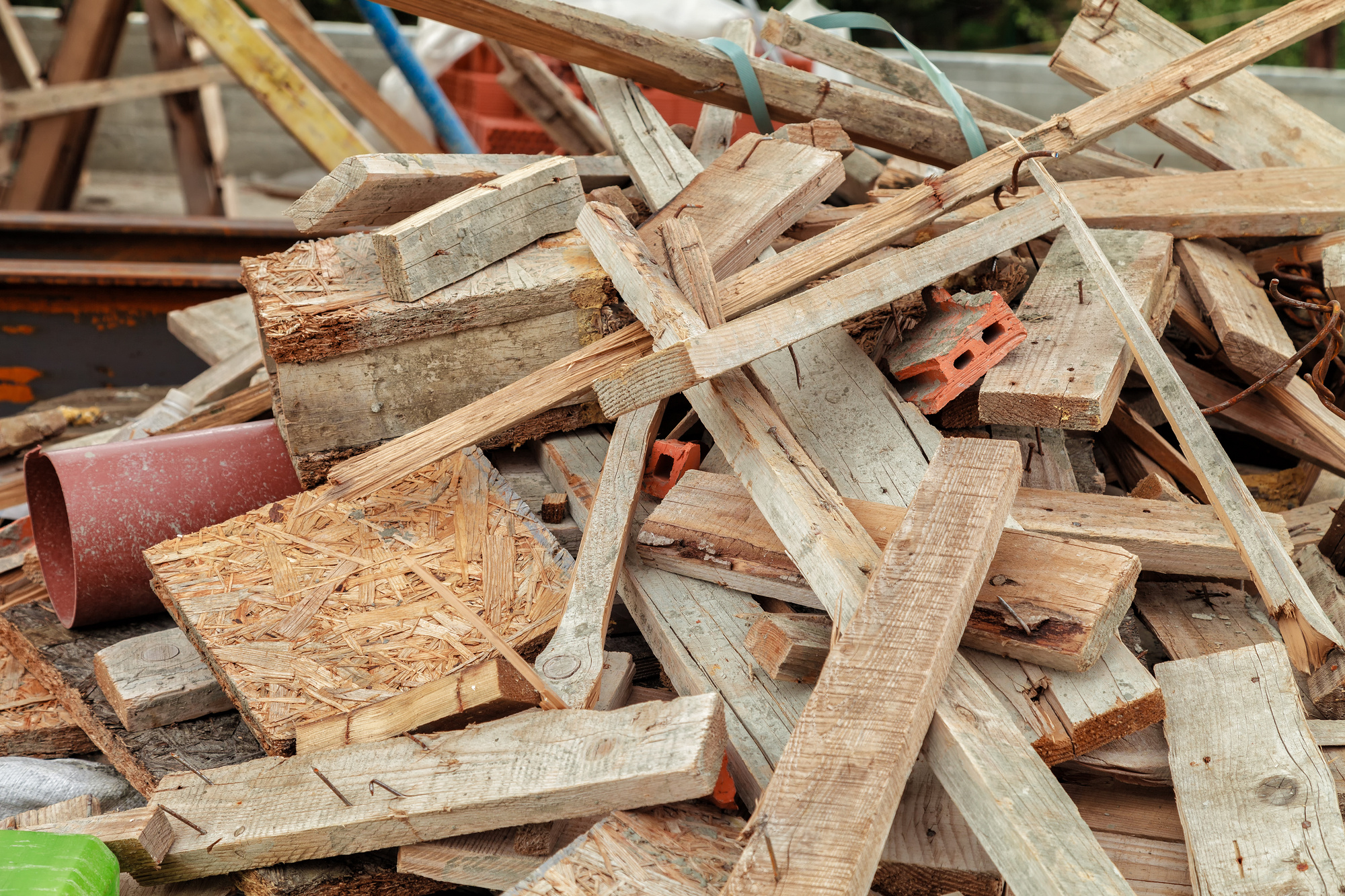The construction industry is a major contributor to waste generation worldwide. Ignoring the problem has long-term consequences for the environment. That’s why adopting eco-friendly waste disposal methods is crucial.
This article will guide you through four proven practices for sustainable construction waste management. These strategies can minimize environmental impact and even cut costs. Read on to take your first steps towards a greener, more responsible construction process.
The Status Quo
In the current landscape, construction waste management often involves landfill dumping and incineration. These conventional techniques are not only outdated but also environmentally damaging. Tons of debris, such as wood, concrete, and metal, end up in landfills each year. This creates a strain on already limited landfill space and emits harmful greenhouse gases.
Moreover, conventional waste disposal contributes to soil and water pollution. Chemicals leach into the ground, affecting ecosystems and even public health. The carbon footprint of these traditional methods is alarmingly high, exacerbating climate change.
Why Eco-Friendly Matters
The urgency to adopt eco-friendly practices, including construction waste dumpster rental, in construction waste disposal has never been greater. As the planet warms, we experience more extreme weather, rising sea levels, and dwindling natural resources. Eco-friendly disposal can mitigate these negative effects, helping to stabilize our global climate.
On the regulatory front, governments are increasingly imposing stringent rules for waste management. Compliance with these green regulations often leads to financial incentives, such as tax benefits and grants. Ignoring these guidelines can result in hefty fines and reputational damage, making it increasingly prudent to be environmentally conscious.
Lastly, the long-term cost benefits of sustainable disposal are compelling. While the initial outlay for green practices might seem high, the return on investment is considerable. Reduced disposal costs, lower energy consumption, and resource efficiency all contribute to financial gains in the long run.
Practice 1: On-Site Sorting
On-site sorting involves categorizing waste materials directly at the construction site. This technique separates recyclable items from those destined for landfill or incineration. It’s a straightforward but crucial first step in eco-friendly waste disposal.
The benefits of on-site sorting are manifold. Firstly, it promotes recycling and reduces the amount of waste sent to landfills. Moreover, sorted materials can often be sold or donated, offering an additional revenue stream or a chance for community engagement.
However, this practice isn’t without its challenges. Sorting requires additional labor and dedicated space on the construction site, often necessitating job site dumpster rentals for effective waste management. Inadequate sorting can also contaminate recyclable materials, making them unfit for future use.

Practice 2: Recycling Materials
Recycling is a cornerstone in sustainable waste management, especially for construction projects. Materials like concrete, metals, plastics, and wood can often be reprocessed and put back into circulation. By identifying these recyclables, you pave the way for a more sustainable construction effort.
Effective recycling is more than just separating materials; it’s about smart planning. Pre-arrange collection services specifically designed for recyclables. Leverage technology to track types and volumes of materials recycled, ensuring maximum efficiency.
Apart from reducing waste that goes to landfills, it also lessens the need to extract raw materials. This, in turn, decreases energy consumption and carbon emissions. Financial gains are an added bonus; recycled materials are often cheaper than new ones, and some can even be resold.
Practice 3: Reusing Items
Another promising avenue for sustainable waste management is reusing items. From scaffolding and bricks to fixtures and hardware, many materials can enjoy a second life. Imagine the possibilities: reclaimed wood becomes a rustic accent wall, or old windows transform into decorative pieces.
Reusing materials comes with a host of advantages. Not only does it divert waste from landfills, but it also cuts down on manufacturing demand. Less energy is expended, and fewer resources are consumed. Often, repurposed items add unique character to a project, making it aesthetically pleasing as well.
So, how to go about it? Begin by cataloging reusable items early in the project. Consult with your team to identify opportunities for repurposing. Make sure to store these materials properly to preserve their quality. Some organizations even specialize in reselling or donating used construction items; partnering with them can streamline the reuse process.
Practice 4: Eco-Friendly Equipment
Switching to eco-friendly machinery is another step towards sustainable construction waste management. Machines now come in low-emission models, utilize renewable energy, or are designed for optimal fuel efficiency. Examples include electric excavators, hybrid bulldozers, and solar-powered generators.
Let’s talk about costs and efficiency. While green equipment often carries a higher upfront price, the long-term benefits are noteworthy. Reduced fuel costs and lower maintenance expenses can result in significant savings. Furthermore, the efficiency of these machines often rivals or exceeds their traditional counterparts.
If you’re wondering where to find this cutting-edge machinery, you have several options. Many mainstream manufacturers are incorporating green technologies into their product lines. Specialized dealers focus solely on sustainable construction equipment. Online platforms and trade shows also provide avenues to explore the latest in eco-friendly machinery.
Conclusion
In today’s world, turning a blind eye to environmental responsibility is not an option. The construction industry can no longer afford to stick with outdated, harmful waste disposal methods. The stakes are high; our planet’s well-being, regulatory compliance, and even financial gains hinge on making sustainable choices.
Now’s the time to act. Whether it’s adopting just one of these practices or overhauling your entire waste management strategy, every step counts. Make a commitment to integrate eco-friendly practices into your next project. Not only will you be contributing to a healthier planet, but you’ll likely find it’s good for business, too.






